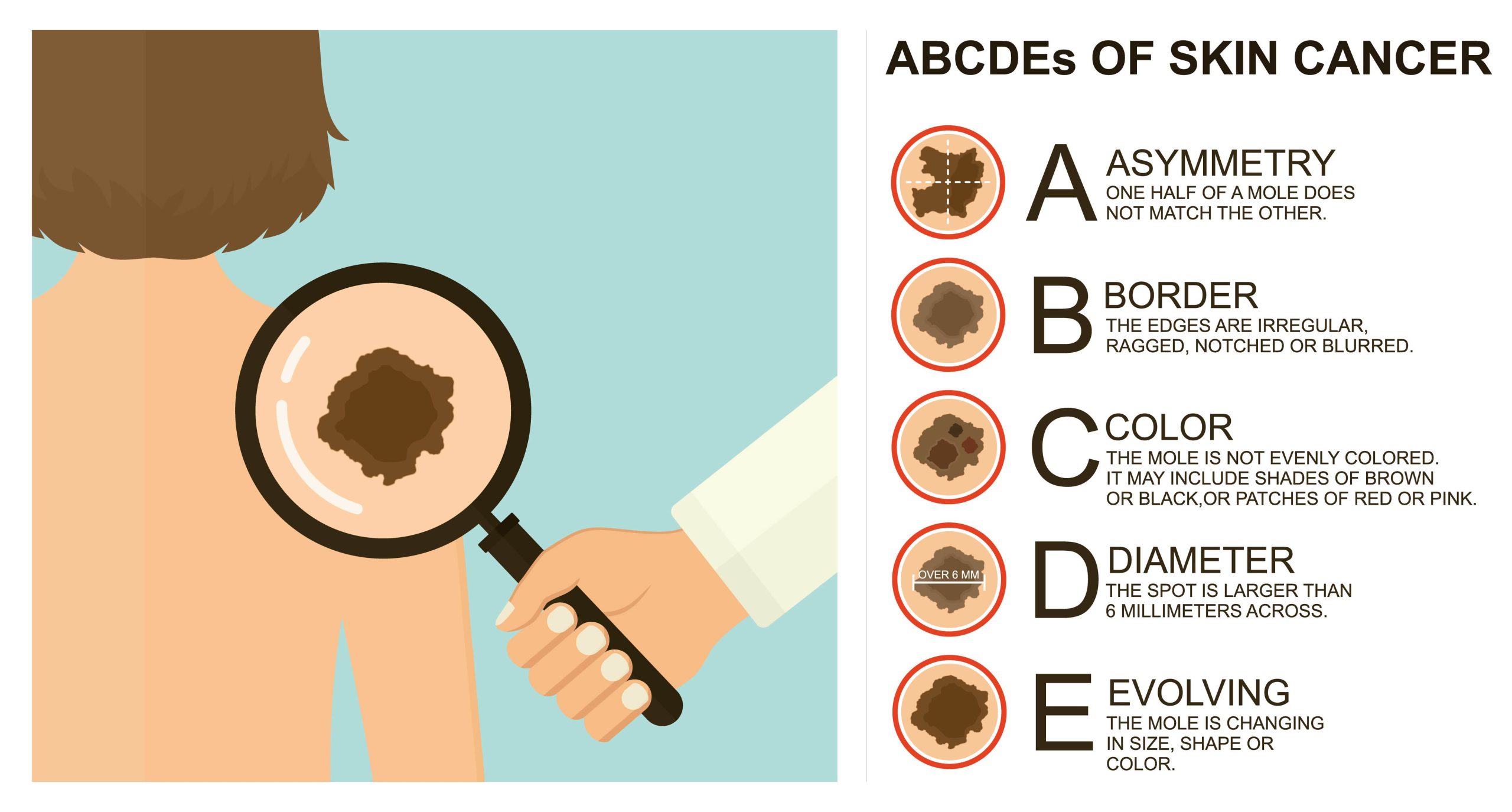The most common type, BCC usually appears on sun-exposed areas like the face and neck. It rarely spreads to other parts of the body but can cause local damage if left untreated. A BCC will present as either a small pearly nodule or a pink patch that won’t heal. Things that easily bleed with minimal trauma such as a towel across the area are suggestive of BCCs. BCC is highly treatable when detected early, making it crucial for patients to be informed about the different types of BCC and their characteristics.
Skin cancer is one of the most common forms of cancer worldwide, with increasing prevalence in recent years. In Australia 2/3 of the population who grew up here will have a skin cancer by the time they turn 60 years of age.

